|
Index...
|
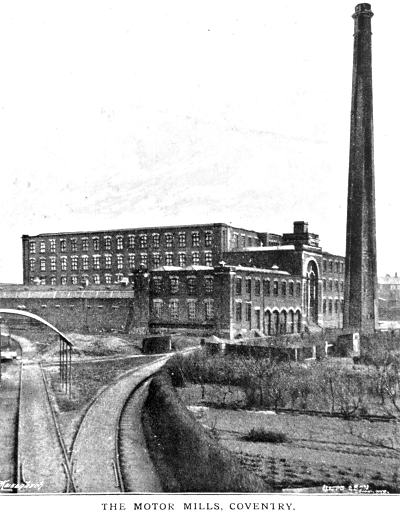
 hen I first began my research into Coventry's motor industry many years ago, there existed a list of manufacturers within the entrance into the Museum of British Road Transport - these days better known as Coventry Transport Museum. The list was incredibly impressive in terms of the number of manufacturers it displayed, but sadly it was lacking any real substance by just providing the makers name and also assumed date of manufacture.
hen I first began my research into Coventry's motor industry many years ago, there existed a list of manufacturers within the entrance into the Museum of British Road Transport - these days better known as Coventry Transport Museum. The list was incredibly impressive in terms of the number of manufacturers it displayed, but sadly it was lacking any real substance by just providing the makers name and also assumed date of manufacture.
Many firms were, and still are, very well known, such as the likes of Jaguar, Triumph etc., but a good number were also quite interesting in that they were nothing short of enigmatic in terms of having little or no further information. One such example of this was a car said to have been called the "Lady", stated to have been created at Ford Street, Coventry, by a Mr. Henry Cave in 1899.
At the time I released my second book entitled Coventry's Motorcar Heritage in 2012, my entry for Cave was very much based on other brief and limited reports of the make, but it did make me wonder where others had drew their information from? The rest of my entry was made up of my own general assumptions because at that time, I had not found a single bit of actual first-hand evidence surrounding the vehicles existence, who Cave was, and what linked the two together. My 2012 submission therefore suggested that the supposed vehicle may have had links to either Henry Archer Cave (b. 1873) or even possibly William Freestone Cave (b.1870), both known to have been living and working in Coventry during the late 1890s.
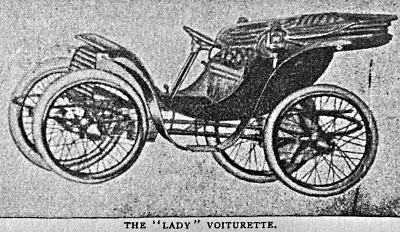
I can now happily confirm that neither of the aforementioned had anything to do with a car once known as the "Lady", and below I will try and explain why and, more importantly, reveal the identity of who was actually responsible.
Having greater access to more historic research material now than I had back in 2012, I began by going through all the likely journals of the late 1890s when the "Lady" was stated to have been made. These included chiefly, The Autocar, The Automotor Journal, and even The Cyclist, but I was, to my frustration, unable to find a single mention of a vehicle by that name. Then, out of the blue, came a mini breakthrough, one I very much needed to get things going.
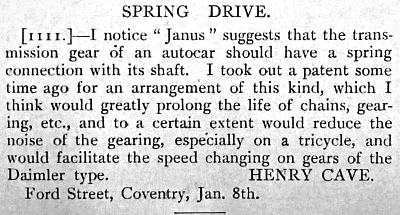
In The Autocar of January 1900 I discovered a letter (right) which had been submitted by a Henry Cave of Ford Street, Coventry, regarding transmission gears for motor vehicles, stating that he had previously applied for a patent in the same respect. So, at last, here was my proof of a man called Henry Cave that actually lived at Ford Street, Coventry, and at around the same period that had been stated by others. But who exactly was Henry Cave? Where did he come from and what became of him? Did he also build a car called the "Lady"?
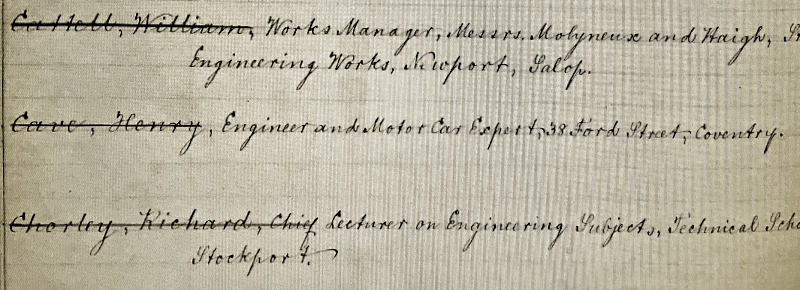
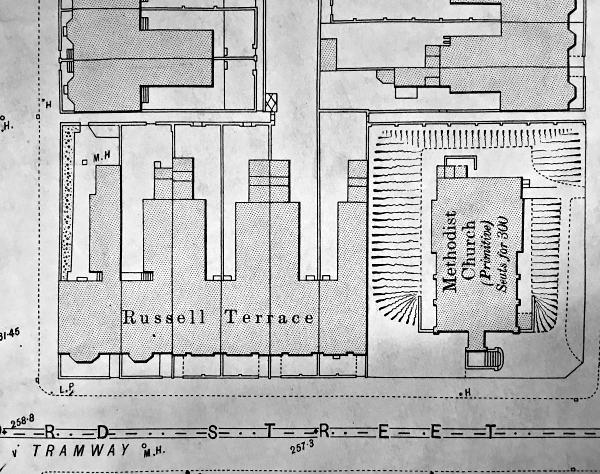
OS Map showing Cave's lodgings whilst in Coventry - "Russell Terrace" on Ford Street. Number 38 was the end of the terrace, next door to the Primitive Methodist Chapel. Cave may have strolled to the Motor Mills, or perhaps he took the tram?
I then took to the British Newspaper Archive and searched the Coventry papers for H. Cave/Henry Cave, and this did, if anything, confirm that a H. Cave had indeed applied for a patent in December 1899 regarding driving gears. As a wildcard I then extended my search for Cave in Coventry but way beyond his time there, and discovered an incredible article in the Coventry Evening Telegraph of June 1954, whereby a motoring historian named John Pollitt was appealing to retired Coventry men who formerly worked in the early days of the City's motor industry. Of a number of makes he was interested to know more of, he included Henry Cave and his "Lady" car of 1901. Although he had the date of manufacture slightly out from other sources, he went on to say that Cave later relocated to the USA in Hartford, Connecticut, becoming a motoring historian himself there - his personal research papers being held at Detroit Library. This was something of a revelation. Now I was looking for a Henry Cave with ties to America!
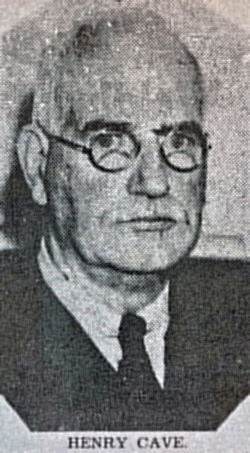
Straight on to the popular genealogy sites, I was able to find a fantastic record of April 1908 regarding Cave becoming a naturalized US citizen. The document informed me that Henry Cave, an automobile engineer of Hartford, Connecticut, was actually born at Nottingham in 1874, and arrived at the port of New York in October 1900. Now armed with a date of birth, I was then able to find Cave in the Census - the 1891 record informing me that he was the son of a retired veterinary surgeon, living at Carlton, Nottingham. This was an exciting start, but ultimately, by this point I was able to start finding way more about Cave than I'd ever been able to before.
By February 1898, Cave, of "Ousebridge", Carlton, near Nottingham had applied for a patent relating to improvements in whistles! In December 1899, he received some very favourable coverage of a motor voiturette he produced going by the name of the "Lady" in the American motor magazine The Horseless Age, whereby the article included an image of the carriage, plus details of dimensions and power. His address was given as 38 Ford Street - at that time owned/occupied by a Miss Rose Palmer - a widowed dress maker, and unofficial lodging house keeper. This was the ultimate confirmation I needed! By mid-1900 he then appeared in the UK Mechanical Engineer's Handbook, still of Ford Street, as 'engineer and motor car expert', his election proposed and supported by a number of Daimler men including J. Sidney Critchley and C. W. Hollis. His last UK record was of October 1900 when he set sail from Glasgow on the 'Astoria' to New York, USA - the country he would thereafter make a life and remain.
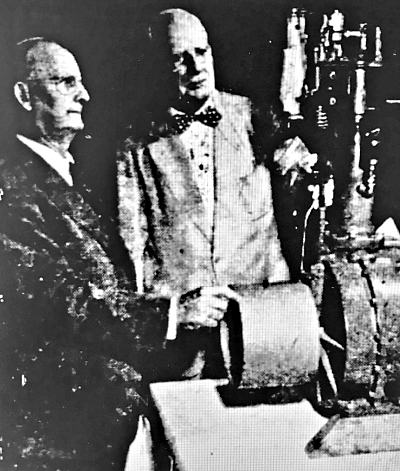
I was able to discover that when Cave first arrived in the US, he was an understudy to Andrew L. Riker - an early American motor engineer, at Elizabethport, New Jersey. The Detroit Library further stated that also early on he worked as an engineer on both electric and internal combustion engine cars, and was employed at major motoring firms such as the Electric Vehicle Company in connection with the "Selden" patent car, the American Locomotive Co., and finally the Fuller Brush Company. He was also known to have had a stint working for the SKV Ball Bearing Co.,
In around 1902/03 Cave married a Miss Jeannette Darling Houston (b. 1870), and they had two children - Victor Henry in 1905, and Phyllis Jeannette in 1912. I attempted to reach out to any potential descendants of Cave by submitting a letter to the US paper The Hartford Courant, but disappointingly the editor felt it wasn't of enough interest to publish. Earlier in 1951, the same paper released a story about a Mr. George A. Long who was said to have built the first internal combustion engine in the US in 1891. Long had met up with Henry Cave to discuss the engine, but significantly the report also delved a bit deeper into Cave's past life and career. It stated that as far back as 1895 he was a 'leader in the fight to repeal the "Red Flag" law, which required that self-propelled vehicles could not be operated unless a man went ahead on foot with a red flag to warn pedestrians'. The article went on to say that Cave, at this point a 77-year old consultant engineer with the Fuller Brush Company, once had a stint as an experimental engineer and tester for the English Daimler Company, and came to America in 1900, working with, among others, Hiram Percy Maxim, who assembled the first American gasoline automobile back in 1895. In a 1957 letter published in the Hartford Courant, Cave stated "between that time [1896] and when I came to America in 1900, I developed several motor cars, one of which I came here to exploit" - and of this he has to be referring to the "Lady" voiturette.
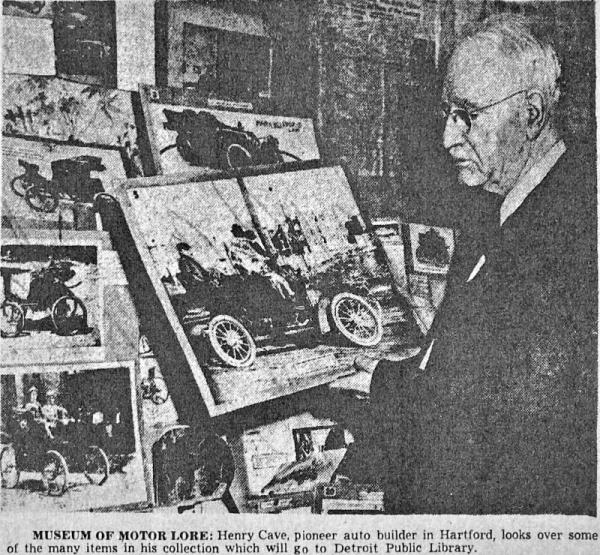
Henry Cave passed away in 1963 in his 89th year, but a couple of questions remain. For what reason did he chose to name his early motor the "Lady"? Well, presumably it was a vehicle aimed at the wealthy female market, something that hadn't really been capitalised on, so there was certainly a potential demand. Why did Cave chose to target the American automotive press with his design, rather than the home market? I can only assume, that for whatever reason, Cave had, for a considerable time, set his sights on a new life in the US. By showcasing his capabilities in the main American motoring journal, it would have opened up a number of job prospects in and around the Hartford vicinity - at that time a place very active in experimental motor manufacture. Further to this, America's climate would better suit the open carriage design of his little car to that of Great Britain.
Ultimately though, I hope the mystery is now solved, or rather that the faded knowledge has been at least rekindled. So, I can now categorically state that the Coventry-made "Lady" motor carriage of 1899 was in fact designed and constructed by a Nottinghamshire lad, whilst employed as an engineer at the Motor Mills of the Daimler Company, Coventry - such an important and active stomping ground for scores of pioneering motor enthusiasts.
Damien Kimberley, March 2021.
Website by Rob Orland © 2002 to 2025